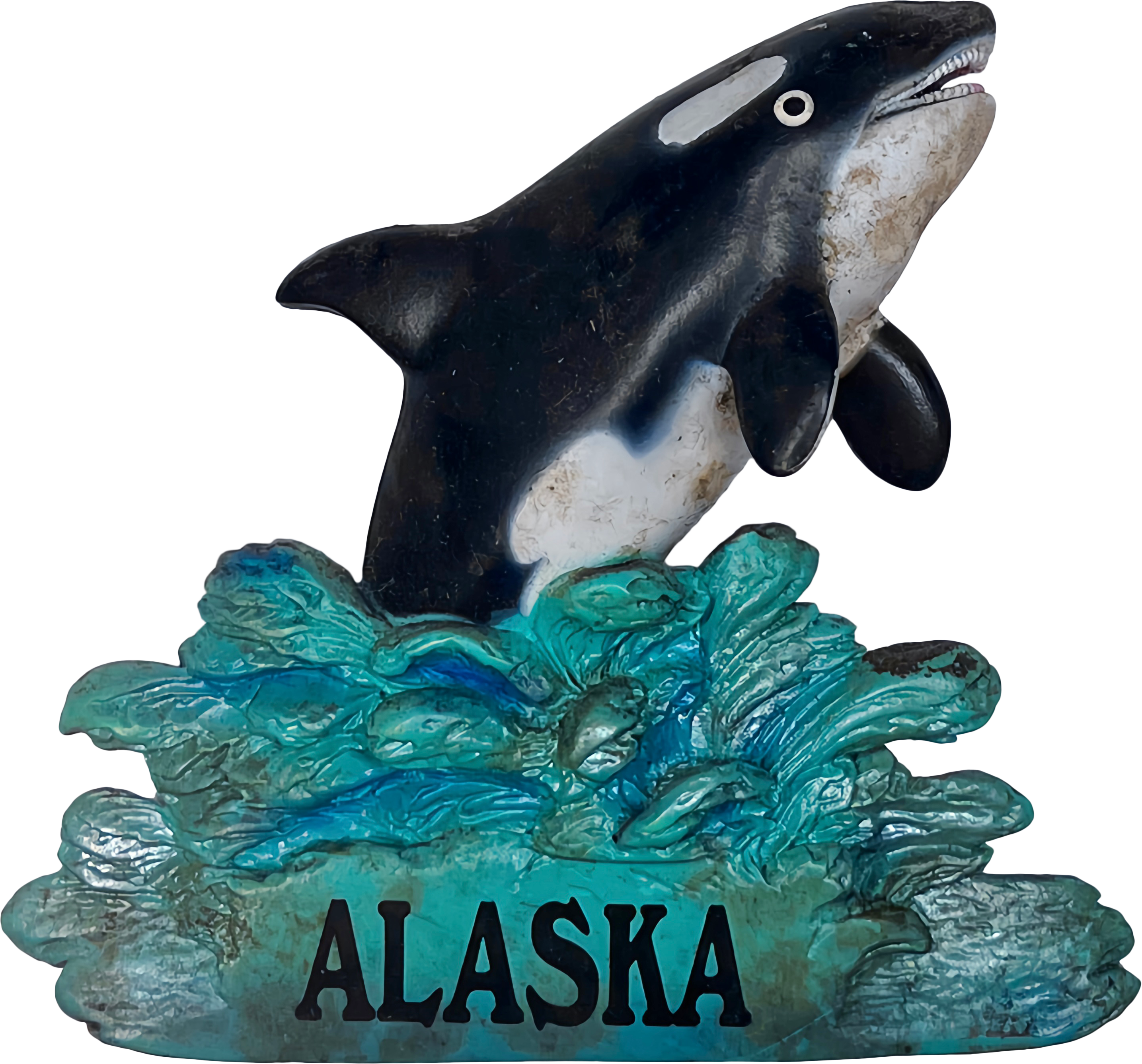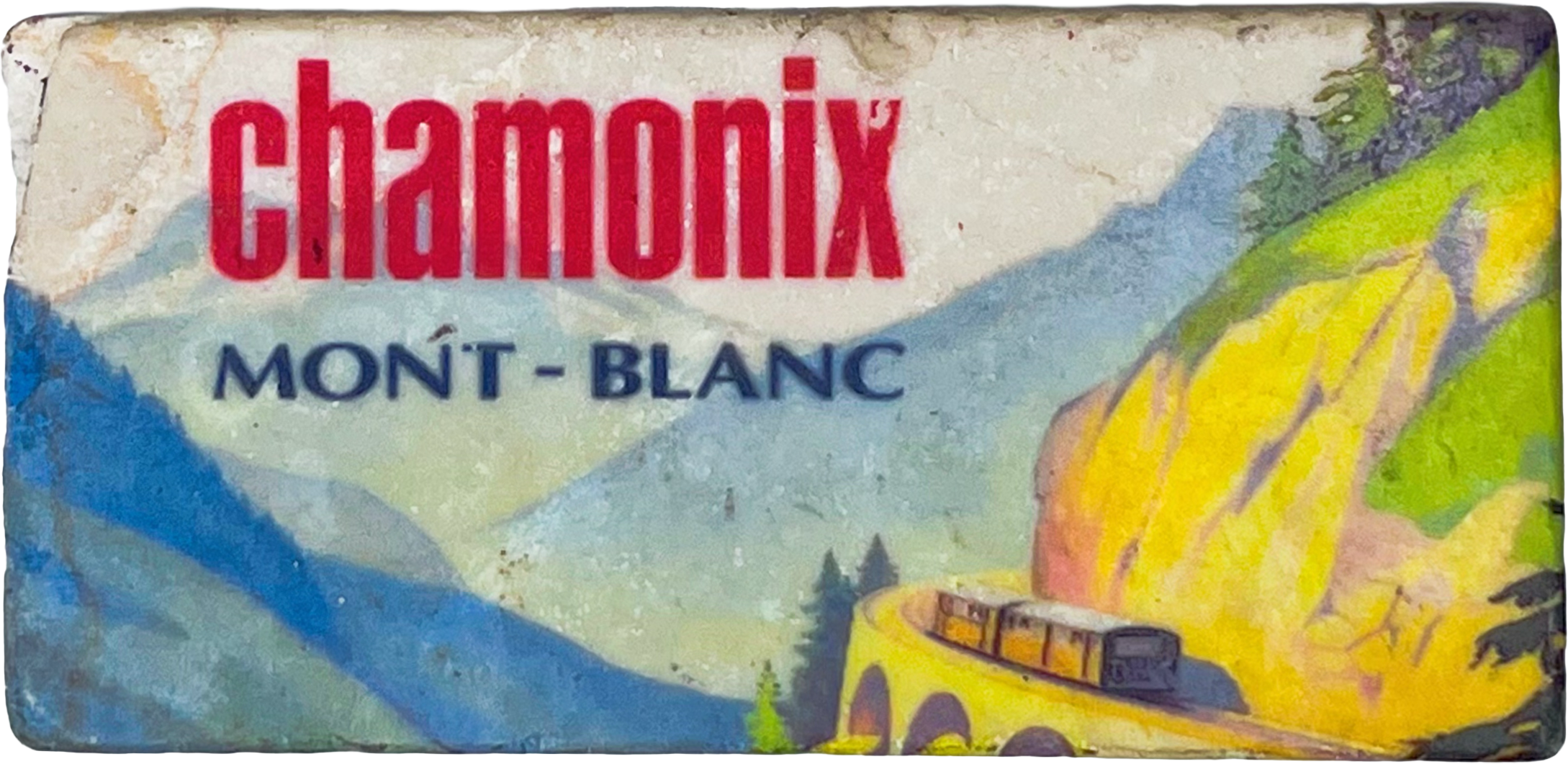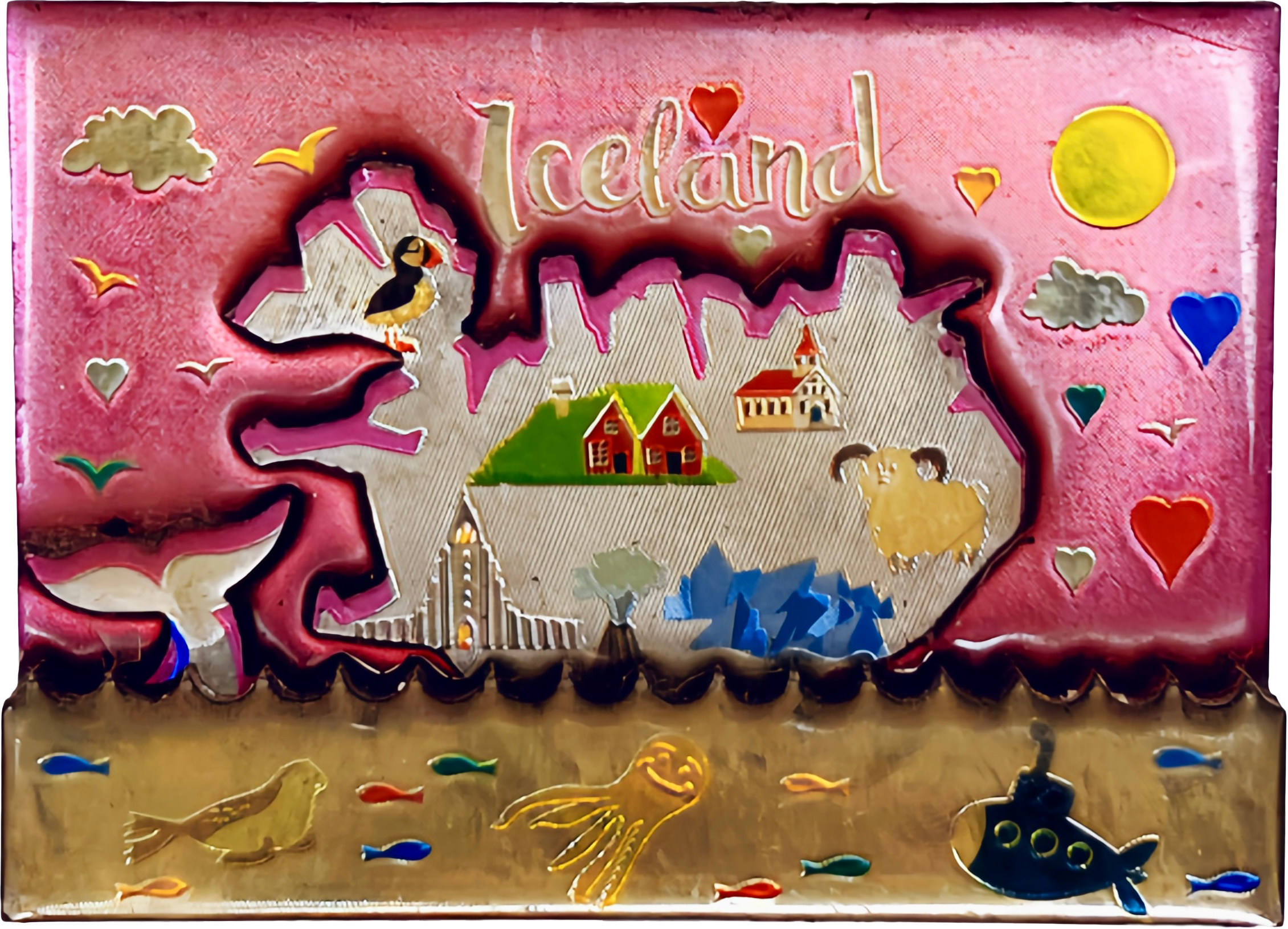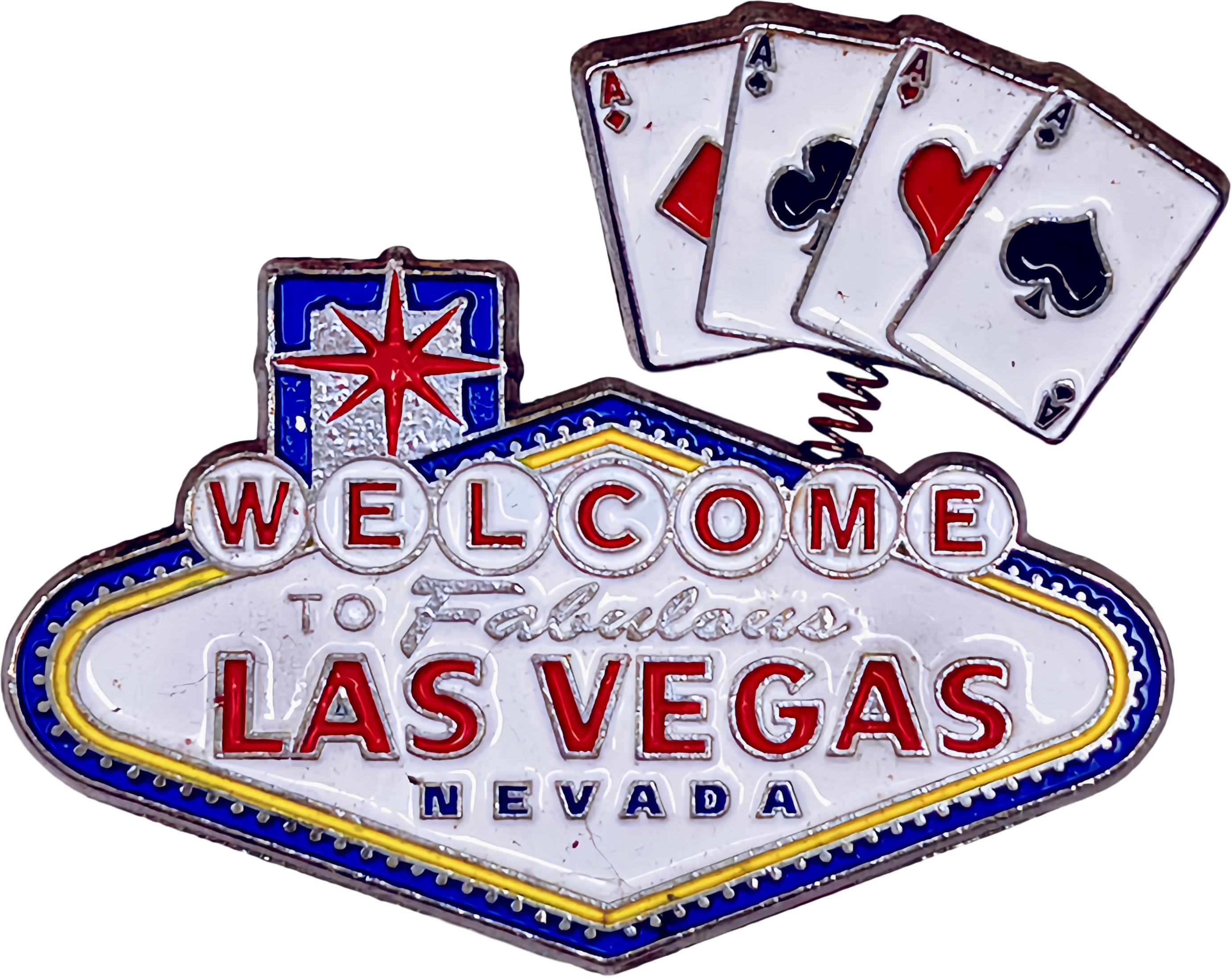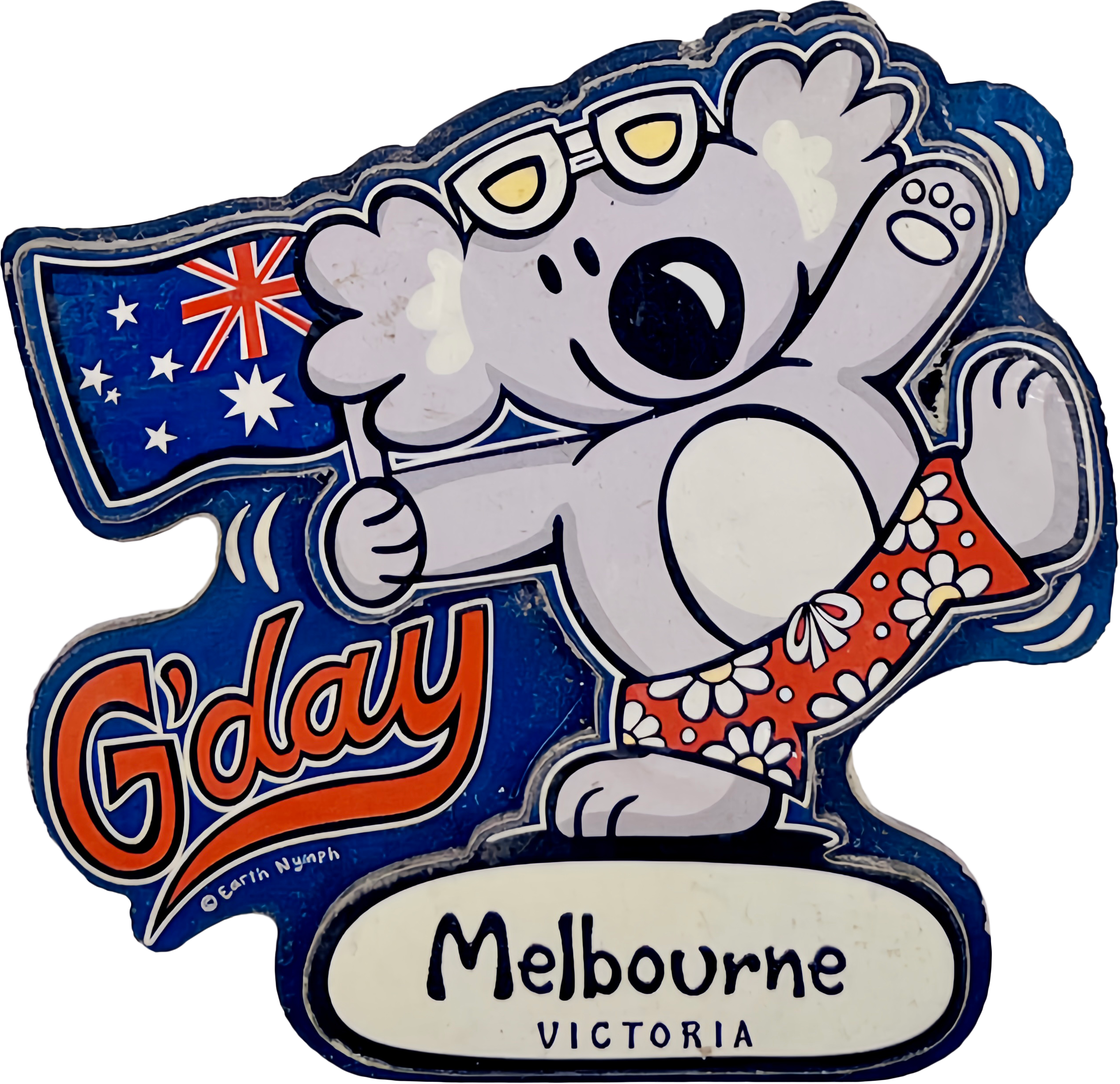Area of water 236,507 km2 (13.77%)
Population 733,391
There are eight species of whales that frequent the cold and icy waters of Alaska. The Beluga, Humpback, Grey, Orca, Bowhead, Blue, Right, and Minke whales. Like all mammals, Alaska whales breathe air into lungs, are warm-blooded, breast-feed their young, and have some (although very little) hair. The Alaska whales ancestors lived on land, and their adaptions to a fully aquatic life are quite striking. The body is fusiform, resembling the streamlined form of a fish. The forelimbs, also called flippers, are paddle-shaped. The end of the tail holds the fluke, or tail fins, which provide propulsion by vertical movement. Although Alaska whales generally do not possess hind limbs, some whales (such as sperm whales and baleen whales) sometimes have rudimentary hind limbs; some even with feet and digits. Most species of whale bear a fin on their backs known as a dorsal fin.

